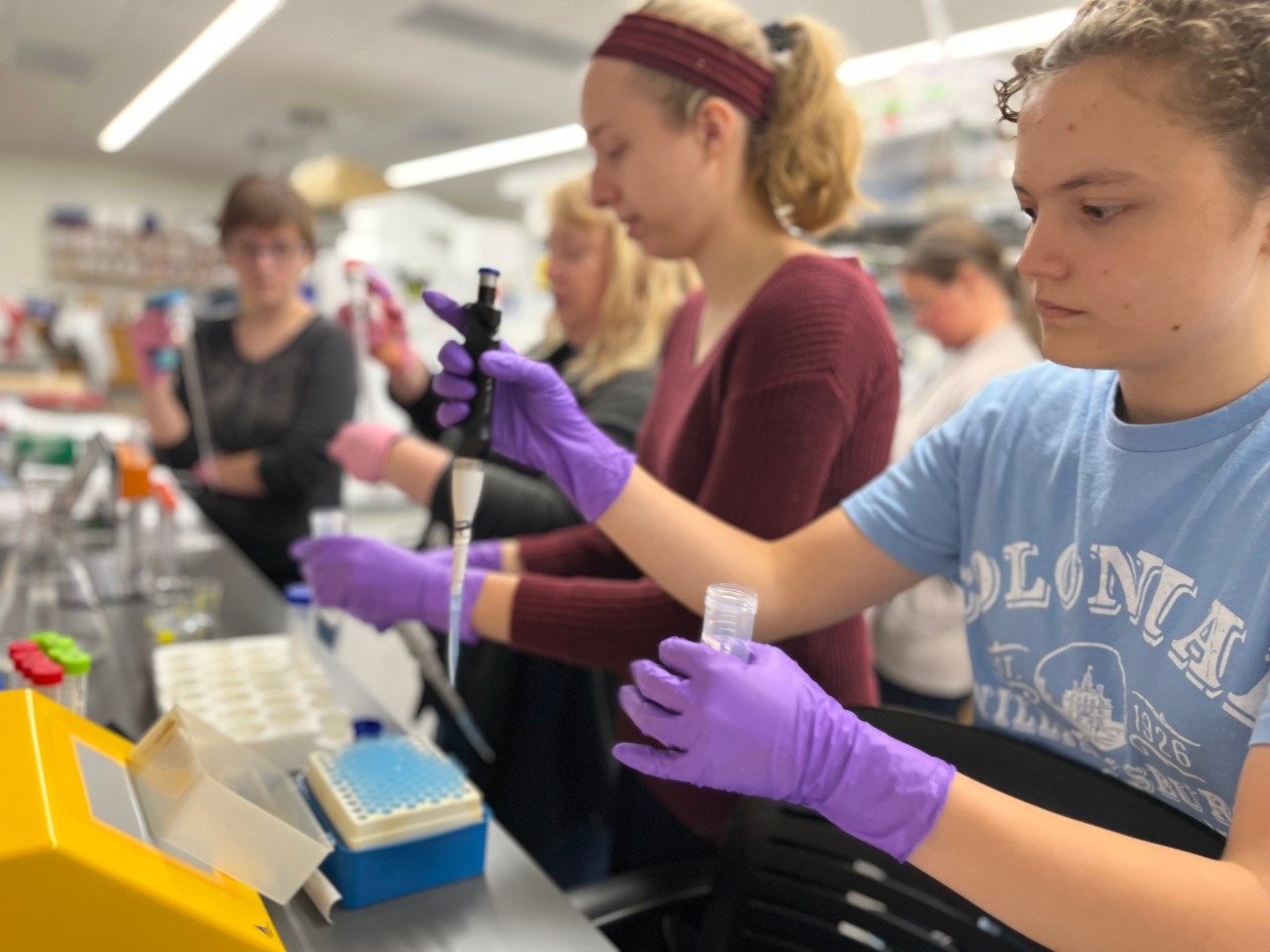
Faculty regularly receive support for undergraduate research through internally and externally funded grants, and publish numerous articles, most of which include NKU undergraduate students as co-authors.
Over the last decade, research faculty have received millions of dollars in externally funded grants from agencies, including (but not limited to):


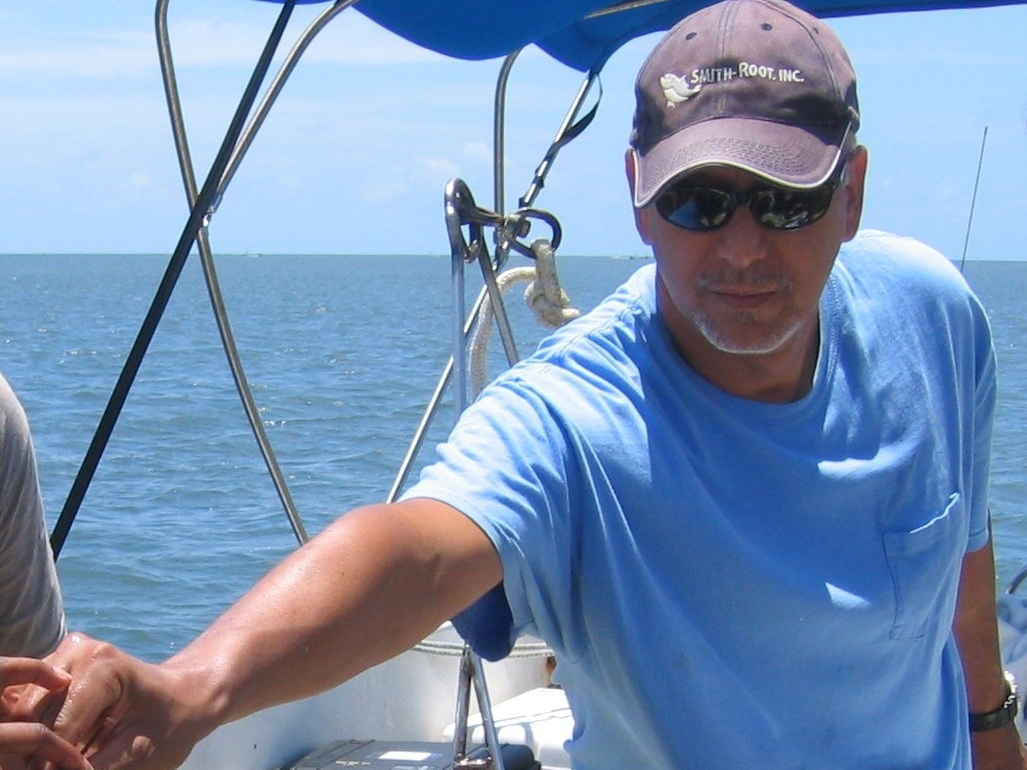
Dr. Acosta studies community ecology and populations of key species in aquatic ecosystems. His students have focused their research on applications to conservation science and resource ustainability. Dr. Acosta is currently studying invasive dynamics of crayfish, modeling fishing impacts on Caribbean lobsters, and documenting biodiversity patterns on coral reefs.

A main area of Dr. Boyce's research centers around the effects of invasive woody plants, especially Amur honeysuckle. He's been examining how native plant communities recover after honeysuckle has been removed. He is also looking at how honeysuckle is responding to outbreaks of a native pathogen, honeysuckle leaf blight. Recently, Dr. Boyce extended his work to a recent invader, Callery (Bradford) pears, which have moved from yards to the wild. Another area of research centers around photosynthesis and water use by eastern red cedar, our only native evergreen tree. Measurements of chlorophyll fluorescence and sap flow show that carbon uptake is substantial outside of the growing season, which may explain why it can thrive in our region.
Featured Story: When Blight is a Bonus: A Native Threat to Non-Native Honeysuckle

Dr. Cooper's research interests are centered around understanding the diversity, evolution, and physiological ecology of eukaryotic algae and their neighboring microbes in freshwater ecosystems. Additional projects include documenting and describing the diatom diversity of our local and regional watersheds. Dr. Cooper is in the process of curating and describing species from Ecuador housed in the NKU Diatom Herbarium collection.
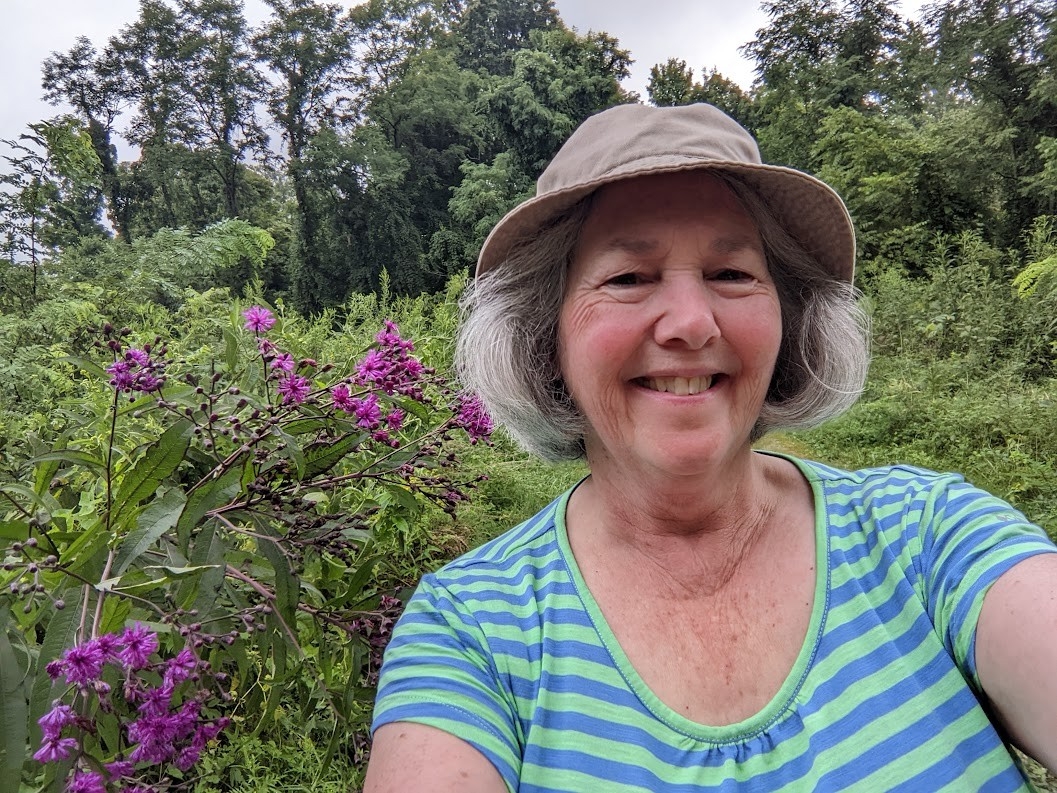
Dr. Curran's research is in understanding how environmental toxicants affect the brain, leading to deficits in learning and memory and altered behavior. Understanding how genetic differences (polymorphisms) affect susceptibility or resistance to environmental toxicants such as polychlorinated biphenyls and polycyclic aromatic hydrocarbons.
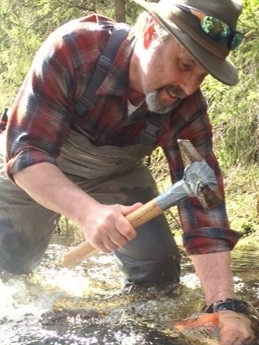
Understanding how ectotherms (fish, amphibians, and reptiles) respond (physiologically) to varying ecological conditions, both biotic (invasive species) and abiotic (climate change), are drivers of the research questions addressed in Dr. Durtsche's lab. All of his research activities involve undergraduate collaborators. Current research topics include: 1) testing potential climate change impacts on the metabolism of Kentucky stream fishes; 2) monitoring the effects of invasive plant control on native amphibian and reptile populations; and 3) developing digital imaging tools to determine the nutritional quality of macroinvertebrates for use in ecological models of drift foraging by fish.
Featured Story: Award-winning Year for BioSci Faculty in 2022
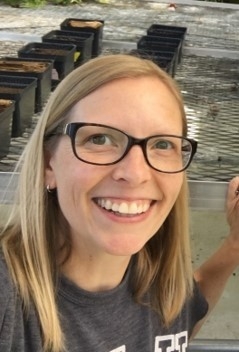
Dr. Hopfensperger’s work is rooted in ecological restoration and began with a focus on studying wetland ecosystems and their multiple services and functions. This work focused on investigating feedbacks between plant communities and ecosystem processes, such as nutrient cycling and greenhouse gas fluxes, and how these processes can change with human influences. Her work has evolved and grown to include invasive species, terrestrial habitats, air quality, and climate resilience. Her research is elevated by working with many partners from multiple spaces to make our region more sustainable, equitable, and healthy for all. For her, the icing on the cake is getting to share all of this with NKU students - to mentor them working on real environmental issues with real organizations in the space we all live, work, and play.
Featured Story: Environmental Science Students Join Multi-University Fight Against Invasive Garlic Mustard

Dr. Oluoch's research interests pivot around applying quantitative methods such as stated preferences, revealed preferences, econometrics, and modelling to answer key environmental concerns spanning both urban and rural societies, in both developing and developed world contexts. His research focus strives to integrate practical environmental science and management approaches to key research questions on energy transition, renewable energy, energy security, and environmental justice. Dr. Oluoch is specifically interested in exploring how to integrate the public perspective in the development of environmental policies. His main emphasis is to develop linkages in academic and research endeavors in the subject areas of sustainability science with a strong emphasis on human-environmental interactions, climate risks and responses, species conservation, and natural resource management.
Featured Story: Meet Our New Environmental Science Faculty
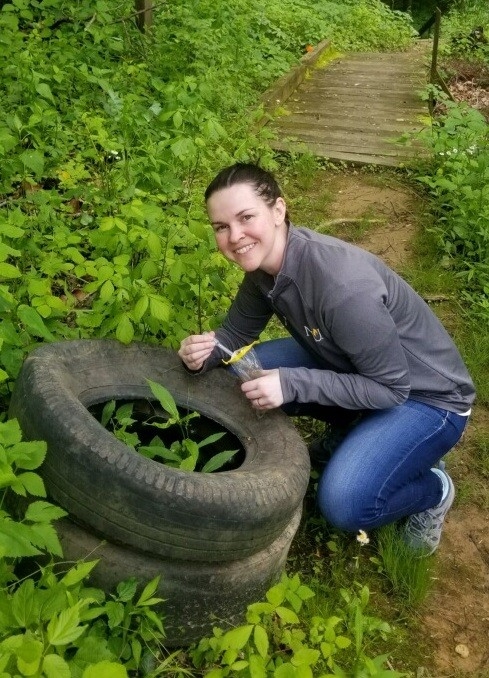
Dr. Parker is an eco-epidemiologist, which means she studies the intersection between ecology and disease. Her research focuses on mosquitoes and the diseases they transmit in human-dominated landscapes. Since we do not have vaccines for many of the viruses spread by mosquitoes, controlling mosquito populations is the best way to prevent disease transmission. She looks at how mosquito species distribution and abundance vary based on how humans have altered the environment and how human knowledge, attitudes, and mosquito control practices affect the potential for mosquito-borne diseases to spread. Dr. Parker then uses this information to create outreach tools to work to reduce mosquito populations. Her research allows her to work with her community partners and the public.
Featured Story: Mosquito Research Project Selected for NSF Network

Dr. Mester's research interests are in stopping disease-causing microbes in their tracks by developing novel vaccines and antimicrobial treatments. Creating healthy foods and beverages via microbial fermentation.
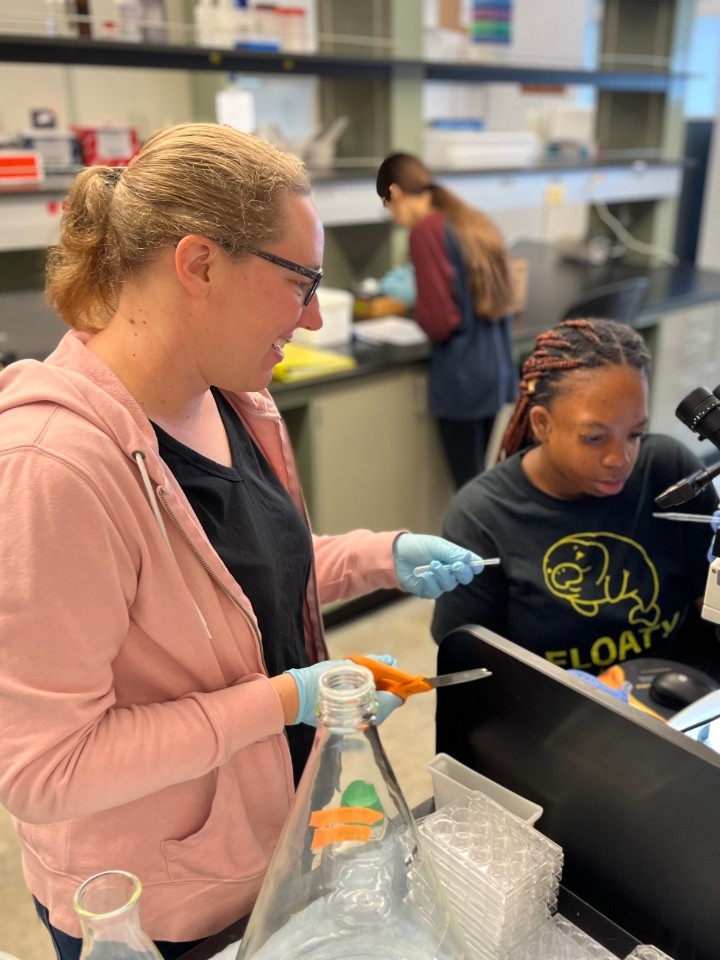
As a developmental biologist, Dr. Shifley is interested in understanding how organs develop in the early vertebrate embryo, and she uses the African clawed frog, Xenopus laevis, as a model organism. Her research is focused on discovering and understanding the genetic signals that coordinate proper development. Even during the early stages of development, embryonic tissues become differentiated from one another and eventually undergo morphogenesis to form the organs of the adult body. These tissues are guided by different molecular signals instructing them to differentiate into the various organs. Dr. Shifley's research is focused on discovering and understanding how these genetic signals coordinate proper embryonic development. This research is important because it can help explain why certain birth defects occur, and it can help inform research aimed at directing stem cells into specific lineages for therapeutic purposes.
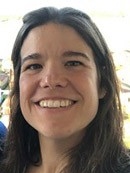
Dr. Strome's research is in studying genes involved in regulating genome stability. Her lab works to utilize the model organism Saccharomyces cerevisiae and create gene mutations to identify roles in instability. Aneuploidy assays, looking for abnormal chromosome numbers, allow them to view mutations and their roles in this cancer-associated phenotype. Their goal is to discover genes whose human homologs might be studied for their roles in cancer incidence.
Featured Story: Award-winning Year for BioSci Faculty in 2022
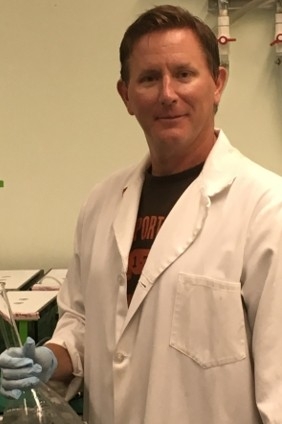
Research projects in Dr. Thompson's laboratory examine the physiological and toxicological implications of waterborne metals and organic herbicides. For example, Atrazine is an herbicide used in no-till farming and is frequently found in surface water, such as within the Ohio River watershed. While atrazine has been shown to have adverse effects on non-target species, there is a lack of information examining the potential impact of commercially available atrazine products, especially considering the additional ingredients often included in these formulations. His research also works with studies of the physiology of squirrelfish, which have shown that female squirrelfish preferentially increase their uptake of Zn during reproductively active periods and make this Zn available to the developing embryo. Dr. Thompson's lab is examining the possibility that differential Zn-transporter expression occurs at critical points in the reproductive cycle, under hormonal control.

Dr. Whitson's background is in flora of the southeastern US, molecular phylogenetic techniques, and taxonomy and systematics of the Solanaceae (Nightshade family), particularly the genus Physalis (ground cherries). She is the director and curator of NKU's John W. Thieret Herbarium, which is a research and teaching collection of about 30,000 dried plant specimens. Currently her work is focused on databasing and digitizing the herbarium collections and finding ways to use this data for educational purposes, as well as to inform the growth and management of our collections. Dr. Whitson is also interested in the flora of Kentucky and the Southeast, with a particular focus on under-collected native species and newly introduced non-natives.
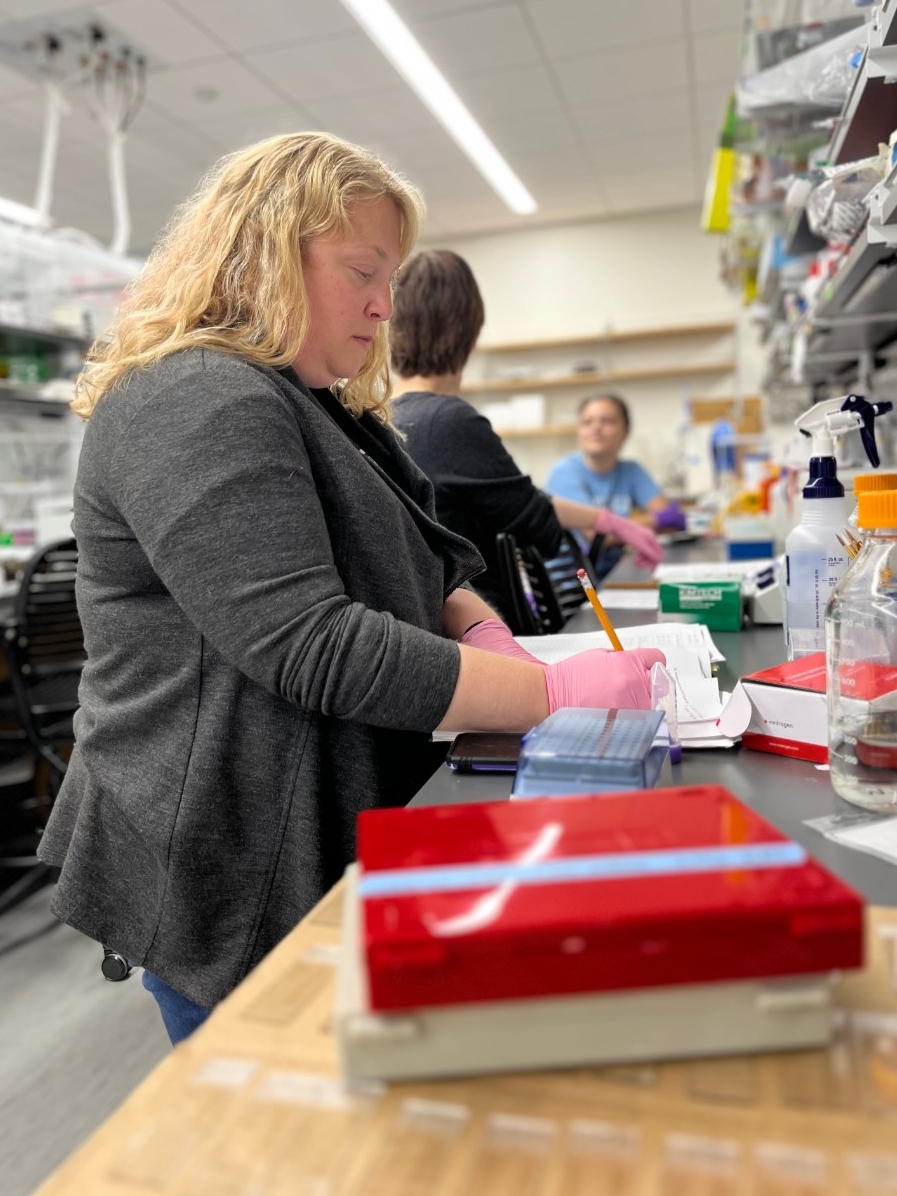
Our brains determine almost everything we do, and our brains get inputs from the outside world at a remarkable speed. How do our bodies, and especially our immune systems and responses to pathogens, change our brains? How do our brains change what we do to survive infection and resolve inflammation? How does inflammation affect learning and memory? All of these questions drive Dr. Williamson's work in a rodent model of early-life infection. In her lab, they look at rodent learning and memory behavior and how that behavior correlates with inflammatory responses both outside and inside the brain.
Featured Story: Award-winning Year for BioSci Faculty in 2022

Dr. Xie is a plant ecologist. She is interested in the spatial and temporal interactions between plants and the environment. Her research focuses on the impacts of global change on plant phenology (i.e., the timing of life cycle events) and associated species interactions and ecosystem processes. Shifts in plant phenology (e.g., flowering time) can have substantial ecological and economic impacts. Understanding how plant phenology responds to environmental variation is critical in assessing the impacts and predicting the future. She works with scientists in multiple disciplines, undergraduate students, and local land managers. She uses integrated approaches including natural history, citizen science network, field observation, and a variety of remote sensing techniques (ranging from time-lapse cameras to Unmanned Aerial Vehicle systems and satellites) to identify the mechanisms, patterns, forecasts, and consequences.
Featured Story: Meet Our New Environmental Science Faculty
